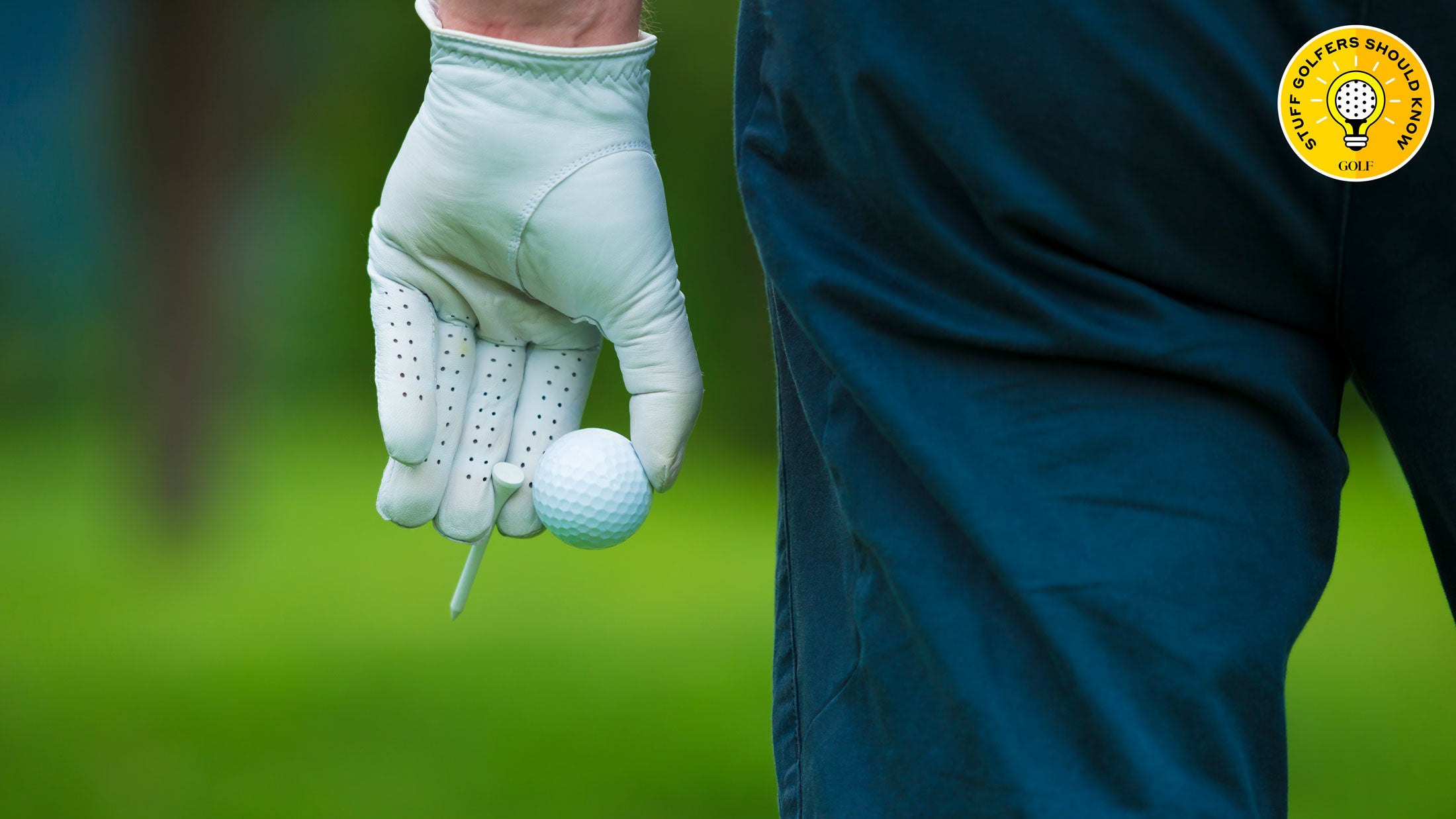The two-word text arrived from my friend Scott at precisely 2:32 p.m. Friday.
“Quick nine?”
After a busy week on the golf-news beat, a quick nine was exactly what I needed to clear my cluttered head. About a half-hour later we were on the 10th tee at Scott’s central New Jersey club, excited to take advantage of the last couple of hours of daylight on what was an unseasonably warm December afternoon.
A few other golfers had the same idea as us, but not many. The back nine was wide open. The tee markers had been stowed away for the winter, so as we zipped around the course, bags slung over our shoulders, we played from wherever we liked: a bit further up than usual on one hole, a bit further back on the next. The randomness was fun and freeing and a much-needed reminder, in these days of heated distance debate, that unless you’re in the .000001% of golfers who can fly a golf ball anywhere close to 300 yards, the tees from which you play on a standard-length course have little impact on either (a) your enjoyment of the game, or (b) the game’s challenge.
My most satisfying drive (there weren’t many!) came on 16, a long, slightly uphill par-4 on which you must thread your tee shot through a chute of trees. I caught my drive center face and turned it over, watching gleefully as the ball soared down the right side of the fairway. There’s only one person who knows when you’ve smacked a tee shot about as well as you can — and that’s you. Or, in this case, me. The contact felt pure and noble and good.
But the real rush came a couple of minutes later as Scott and I paced up the fairway and I spotted my ball some 30 yards ahead of his. Scott is a better, more consistent golfer than me, but our average driving distance is comparable — say, 240ish on a good day? — meaning we serve as useful barometers for one another. If Scott is 10 or 15 yards past me — assuming I didn’t totally whiff my own drive — that’s an indicator that he connected. And vice versa.
How far, in yards, had my drive on 16 traveled? Couldn’t tell you. Rarely, if ever, do I feel compelled to pace off a drive’s resting point from a sprinkler head or take out my laser and shoot the distance back to the tee. “Ten yards past Scott” is good enough for me. My sense is the same is true of most golfers: “5 yards past Matt,” “10 yards past Rachel,” “within 10 yards of big-hitting Dan,” “just past the big oak,” “five paces over the crest of the hill.” All golfers have their own gauges for well-struck drives, and rarely are those gauges precise yardages.
This is an important point in the ball-rollback debate now embroiling the game. If you’ve been living under a Pro V1 and missed the governing bodies’ big announcement last week, come 2030, amateur golfers — as part of a wider goal to make the game more sustainable — will be required to play a ball that will rob them of up to five yards of driving distance, according to the USGA and R&A’s research. You might feel like curbing the length of amateurs, scant few of whom hit the ball “too far,” feels unnecessary, if not unwise, and you might be right. But it’s also worth remembering that the governing bodies didn’t want to go down this path; their first proposal was to dial back distance only for professionals and elite amateurs. But that idea was roundly shot down by most professional golfers and ballmakers, which led the rulesmakers to require all golfers to play a slower ball.
And so here we are: The pros will add the new balls to their arsenals no later than 2028 with amateurs following suit two years later.
If you’re anti-rollback, I’m not here to change your mind. But thinking about driving distance in relative terms could help ease the sting of a few lost yards — i.e., if you’re 5 yards longer or shorter than Billy or Amy or Dennis today, chances are post-rollback you’re still going to be 5 yards longer or shorter than them. Your measuring sticks for a “good” drive won’t have changed, meaning the satisfaction of a well-hit ball won’t wane, either. In the end, does it really matter if hit your drives, say, 227 yards or 222? When the new balls are in play, smart golf-course operators will move up all their tees five yards, and it will feel as if nothing has changed.
Same goes in the pro game, where the governing bodies say driving distance reductions for the fastest swing speeds will be in the 13- to 15-yard range. If you’re bummed that Rory McIlroy’s 330-yard drives will now be closer to 315, ask yourself this question: Are McIlroy’s blasts awe-inspiring because they travel 330 yards, or because they’re 15 or 20 yards past most of his opponents’ drives? I’d argue it’s the latter — the relative distance of his and other bombers’ tee shots is what’s most impressive and, from a fan’s perspective, most fun to watch.
Not buying it? All good! Again, I’m not here to change your mind on rollback politics, but only to offer up another way to think about distance. In my world, it’s not how far that matters, it’s how far past Scott.

